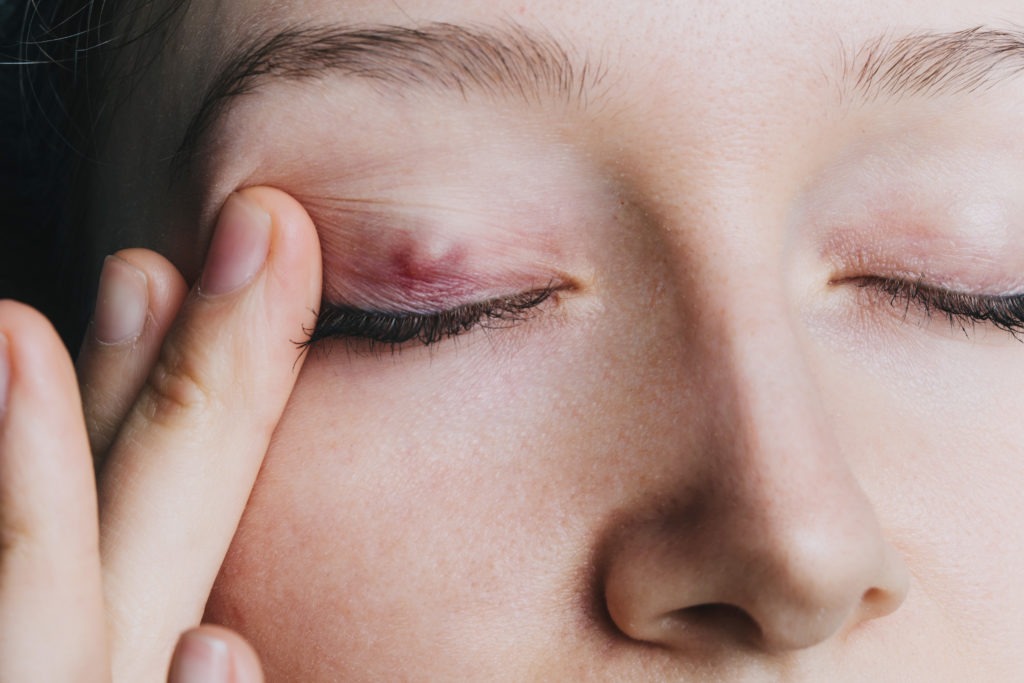Eyelid bumps are often harmless and don’t always require medical treatment. But if eyelid bump becomes increasingly painful, and doesn’t respond to natural treatments, then one such consult to an eye doctor immediately.
Eyelid bumps are painful, red bumps at the edge of the eyelid, typically where the lashes meet the lid. Bacteria or blockage in the eyelid’s oil glands cause more eyelid bumps. It can be both uncomfortable and concerning, often causing irritation and impacting one’s overall well-being. Understanding symptoms and causes and getting an approachable treatment are crucial steps towards finding relief and maintaining eye health.
Types of Eyelid Bumps
According to Healthline, there are 3 types of common eyelid bumps:
- Styes
A stye is the most common type of eyelid bump. Styes occur when bacteria get into the oil glands of the eyelids. A stye is a round, red bump that appears close to your eyelashes. - Chalazion
A chalazion is an inflammatory lesion that occurs when the oil-producing glands or tear glands in the eyelids become blocked. A chalazion usually grows further on your eyelid than a stye. - Xanthelasma
Xanthelasma are harmless yellow bumps that occur when fats build up underneath the skin. They most commonly affect people ages 35 to 55 years old.
Causes
- Styes, small red bumps on the eyelid, are commonly caused by a bacterial infection, often due to the bacteria.
- Blocked Oil Glands: Chalazia occur when oil glands in the eyelid become blocked, leading to the development of a bump.
- Poor Hygiene: Touching the eyes with dirty hands or using expired eye makeup can introduce bacteria and lead to eyelid bumps.
- Blepharitis: Chronic inflammation of the eyelids, known as blepharitis, can result in the formation of bumps.
Symptoms
Most eyelid bumps appear as red or skin-coloured bumps, typically along the edge of the eyelid. Other symptoms include:
- Redness or Swelling
- Pain or Tenderness
- Watering Eyes
- Sensitivity to Light
- Blisters on eyelids, which can indicate an infection
Treatment
- Apply a warm compress to the affected eyelid for 10-15 minutes several times a day can help reduce inflammation and encourage drainage
- Clean the eyelids properly to prevent bacterial growth and maintain hygiene.
- Antibiotic treatment or eye drops may be advised by the doctor to prevent bacterial infection.
- Avoid squeezing or attempting to pop the bump, as this may affect the condition or lead to the spread of the infection.
- Surgery may be considered for persistent or large bumps, performed by an eye care doctor.
–>
